 |
 |
 |
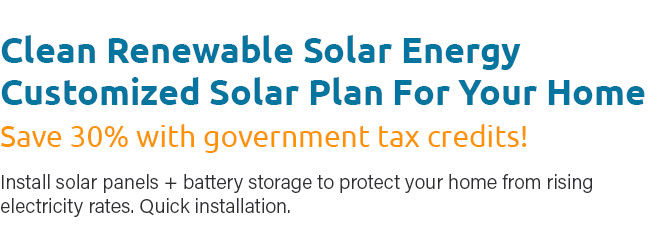 |
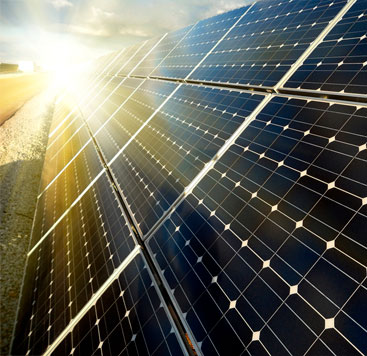 |
 |
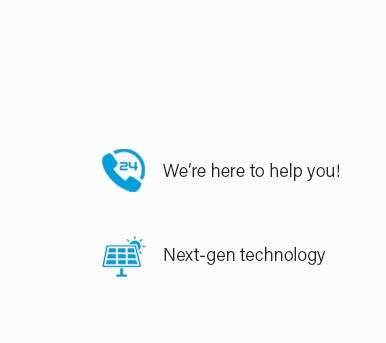 |
 |
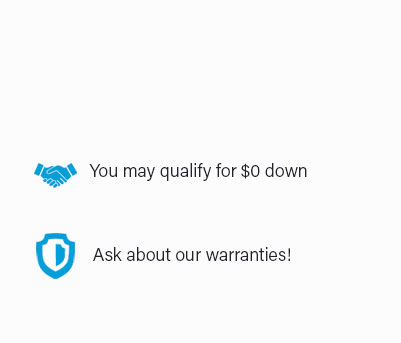 |
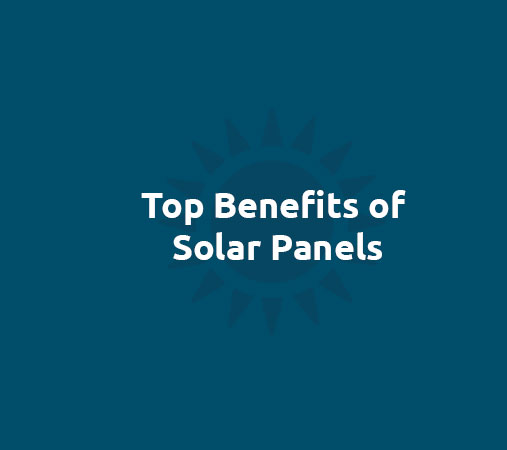 |
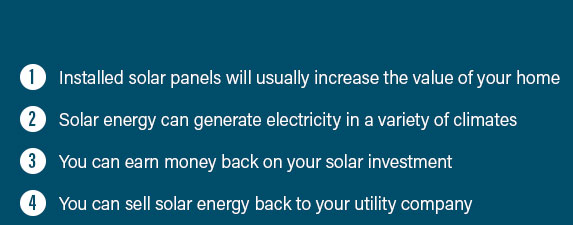 |
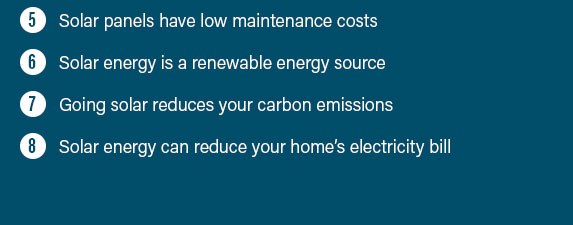 |
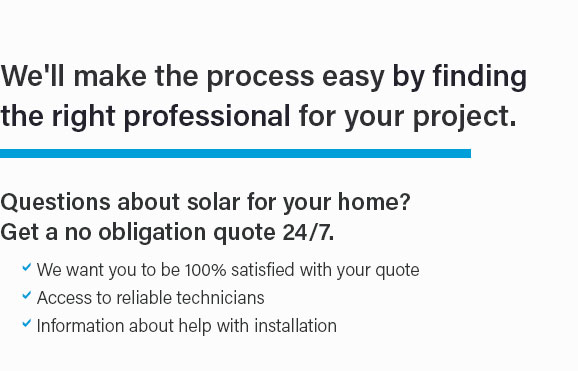 |
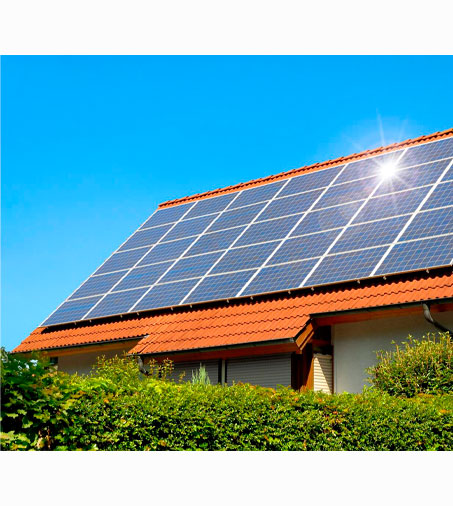 |
|
 |
 |
 |
|
Unlock the future of energy with our bespoke solar power system design and installation services-where precision meets innovation, transforming sunlight into savings; get your personalized solar panels installation quote today and step into a world where your home doesn't just consume energy, but creates it-experience the seamless integration of cutting-edge technology and sustainable living, and let us guide you on the path to energy independence with the confidence that only comes from working with industry leaders.
https://www.reddit.com/r/solar/comments/xfwj28/design_your_own_solar_panel_system_online_free/
If you're looking to design solar panels on your roof you should check out OpenSolar. It's totally free and it's the same software that most ... https://www.energy.gov/eere/solar/solar-photovoltaic-system-design-basics
Inverters. Inverters are used to convert the direct current (DC) electricity generated by solar photovoltaic modules into alternating current (AC) electricity, ... https://www.leonics.com/support/article2_12j/articles2_12j_en.php
The major components for solar PV system are solar charge controller, inverter, battery bank, auxiliary energy sources and loads (appliances). PV module ...
|